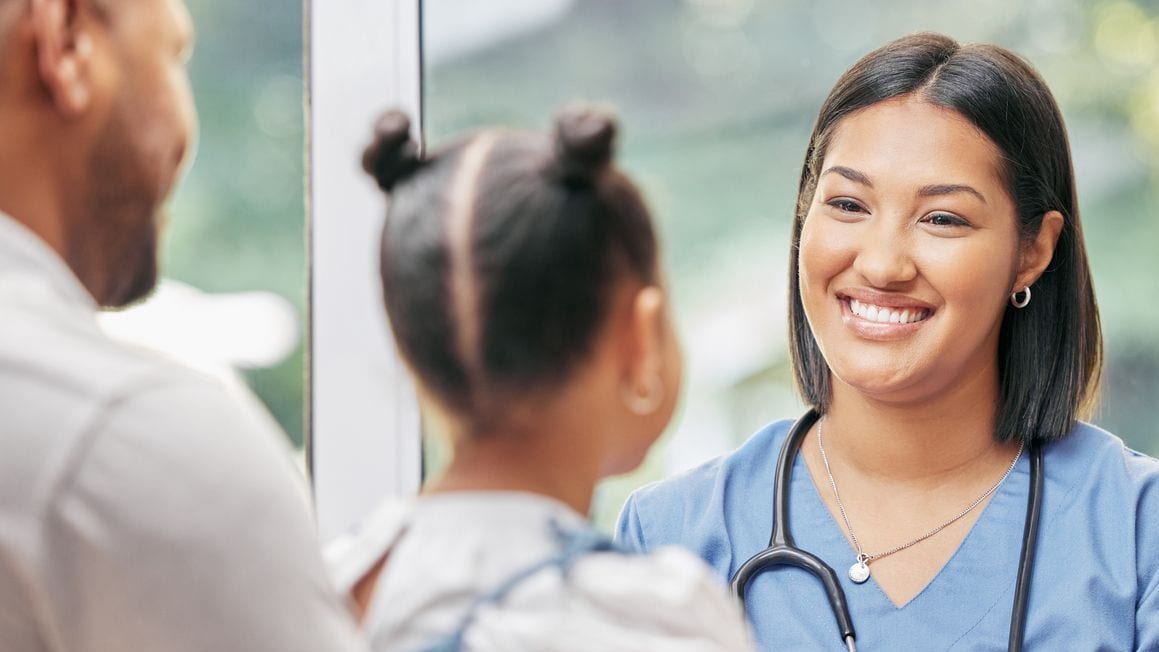Key points
- Treatments for people with spina bifida will be different for each person and their individual health issues.
- Possible health issues to be aware of can include hydrocephalus, a tethered spinal cord, mobility issues, skin conditions, and others.

Overview
Health issues and treatments for people with spina bifida will be different for each person. Some people have issues that are more severe than other people. Those born with open spina bifida usually have more health issues and need more types of treatments.
For this reason, people with spina bifida do not always receive the same health care. To help make sure that spina bifida patients are getting the best care possible, the Spina Bifida Association (SBA) has developed updated clinical guidance. These guidelines cover physical health, mental health, and general well-being for people with spina bifida, from birth to adulthood.
Possible health issues
Open spina bifida
Sometimes when a baby has open spina bifida, or myelomeningocele, doctors will perform surgery to close the spine before birth. This surgery is a major procedure for the mother and the baby and may not be available where you live. Contact a doctor who works regularly with babies born with spina bifida and expectant mothers about the pros and cons of this option. The Spina Bifida Association offers information for expectant parents.
Hydrocephalus
Many babies born with spina bifida get hydrocephalus (often called water on the brain). This means that there is extra fluid in and around the brain. The extra fluid can cause the spaces in the brain, called ventricles, to become too large and the head can swell. Hydrocephalus needs to be followed closely and treated properly to prevent brain injury.
If a baby with spina bifida has hydrocephalus, a surgeon can put in a shunt. A shunt is a small hollow tube that will drain the fluid from the baby's brain, protecting it from excess pressure. Additional surgery might be needed to manage the shunt as the child grows up or if it becomes clogged or infected.
For more information, please visit the following websites:
Tethered spinal cord
Many people with open spina bifida have tethered spinal cords. Normally, the bottom of the spinal cord floats around freely in the spinal canal. A tethered spinal cord is attached to the spinal canal.
When this happens, the spinal cord stretches as a person grows, which can permanently damage the spinal nerves. They might have back pain, scoliosis (crooked spine), leg and foot weakness, changes in bladder or bowel control, and other problems. A tethered spinal cord can be treated with surgery.
For more information, please visit the following website:
Supportive care
Using the bathroom
People with spina bifida often cannot control when they go to the bathroom. They also can develop urinary tract infections. It is important to develop a plan for going to the bathroom that works and is as simple as possible. This can lead to increased health, participation, and independence, and avoid embarrassment for people with spina bifida.
Healthcare providers can help develop a plan for each person. A tube (catheter) inserted in the bladder can help drain urine. In some cases, extra fiber can be added to the diet to keep bowel movements regular. Surgery also might be recommended.
For more information, please visit these webpages:
Health checks
Every person needs a primary care provider, such as a pediatrician, nurse practitioner, general family doctor, or internist. The provider will assess if he/she is healthy, developing normally, and receiving immunizations against diseases and infections, including the flu. A person with spina bifida will also be checked and treated by doctors who specialize in different parts of the body. These doctors might suggest treatments or surgeries to help the person.
These specialists might include
- An orthopedist, who will work with muscles and bones.
- A urologist, who will check the kidneys and bladder.
- A neurosurgeon, who will check the brain and spine.
Most children's hospitals have special clinics for babies, children, and sometimes adults with spina bifida. These clinics include specialists to treat all the body systems impacted by spina bifida. If you aren't referred to one, it might be helpful to ask your baby's pediatrician about how you can find one.
- Dicianno BE, Wilson R. Hospitalizations of adults with spina bifida and congenital spinal cord anomalies. Archives of Physical Medicine and Rehabilitation 2010 Apr;91(4):529-35.
- Sandler, Adrian, M.D.(2004). Living with Spina Bifida: A Guide for Families and Professionals. University of North Carolina Press: Chapel Hill.
- Spina Bifida Association. Guidelines for the Care of People with Spina Bifida. 2018. http://www.spinabifidaassociation.org/guidelines/
- Primary Children’s Medical Center (2008). Let’s Talk about Spina Bifida.
